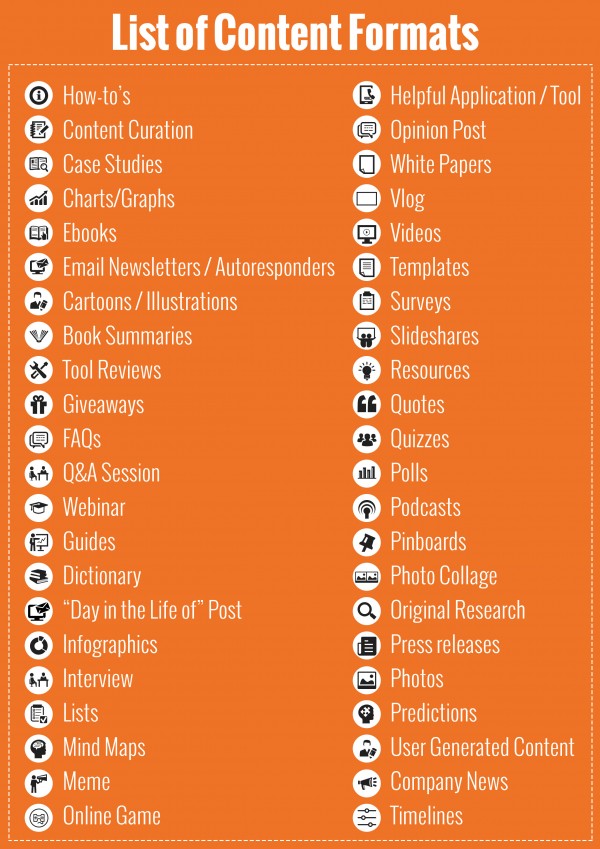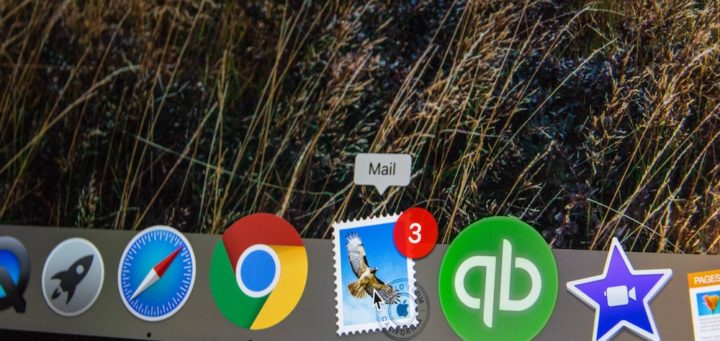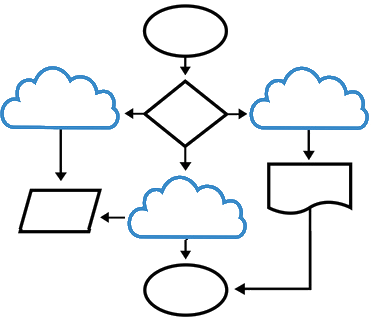Top 6 Tips to Launching an Effective Email Marketing Campaign
We’ve all been there: we log into our email accounts in the morning, and find dozens (sometimes hundreds!) of promotional, mass-marketed emails sitting in our inbox or junk folders, just waiting to be ignored or deleted. However, among those masses of daily emails you receive, there are some that stand out – and for good reason.
The difference is thinking outside of the box, and advertising in a way that will attract, and keep, your customers’ and potential customers’ attention. Easy? No. Do-able? Yes. You’ll need creativity, patience, and a researched plan to succeed. Here are my top 5 tips to keep in mind for launching your next email marketing campaign.
1. Plan!
It is of utmost importance to have a well thought-out plan; nothing will be more obvious to your followers & customers than a poorly executed campaign. You’ll need to plan out consistent messaging and branding that is written and directed for your target audience, and how you want to distribute this content – 2 emails? 10 emails? Consistent emails over the next 12 months? You’ll also need to clarify an end goal: what is it that you want this email campaign to achieve? What would be the ideal outcome if it worked exactly the way you want it to? Higher sales for a specific product or service? Higher sales overall? Recognition?
You need to be able to compare your results to what your original goal was, so that you can determine if future marketing campaigns are actually valuable for your business, or if you should spend your time and resources on an alternative method of advertising. It will also help you to see what you did right and what you did wrong, which will be hugely beneficial information to use in your next campaign.
Another major important piece of planning is knowing who your target audience is or should be. By knowing this information, you can create more relevant and valuable content that will appeal directly to them, which will make them look forward to reading your emails and ultimately converting on them too.
2. Grab Attention without Spam
As part of the planning process, make sure you come up with a compelling subject line to your email: something honest that will catch your audience’s attention, persuading them to open the email and read further. A good example would be something like “Save 25% on All Purchases through Aug 31”, or “Apply Now for the Best Job In the World!”. Incentive, incentive, incentive – you will not engage your audience more easily than by using an incentive!
It’s important not to make promises in your opening line that you cannot or will not fulfill (ie: “Make $1 Million by Signing Up Today!”): this will classify your email and content as spam, and will have your audience unsubscribing immediately. Be honest about what you’re offering as part of your campaign, and make sure it’s valuable to your target customers. You must be able to follow through on your promises.
3. Have Amazing Content
Creating content that your audience will actually read (and continue to read as you continue to publish it) can be difficult. It’s hard to provide post after post or email after email of valuable content, which is why it’s important to maintain a content calendar, which will help you keep track all of your brainstorming ideas and schedule your posts throughout the year.
Below is a great list of content formats that should help you in your brainstorming for unique and interesting information to provide your audience.
4. Rely on Audience to Share Your Content & Offerings
In many cases, referrals and word of mouth can be responsible for generating a large portion of your business; why not rely on your audience to do some of your work for you? If you have the ability, try to add share-able social media icons to your email – not only will this make it super easy for your readers to share your information or promotion with their social network, but it will also expand your reach to a whole new audience whom you may not already have contact with. Your communication can even include some sort of social media sharing promotion, where your readers can earn additional discounts or prizes for sharing, liking or tweeting your company information. The possibilities are endless, and this is one easy-to-implement tool that could generate a lot of value for your campaign, and for your business.
5. Call to Action
You should now have a clear and concise plan, a way to interest and engage your audience, and a way to have your content shared with as many people as possible; the next logical step is a Call to Action. Link up your #1 – #3 steps above, and draft a clear and specific way to channel your customers to click, email, call or buy. If your subject line will be something along the lines of “”Save 25% on All Purchases through Aug 31”, then this needs to be the purpose of the content in your email, and that content needs to direct the customer, without distractions, to that intent. There should always be a specific, relevant and time-stamped offer, or a link to additional details, or your business’ contact information. Your reader shouldn’t have to wonder or think about what to do next; your email content should direct them.
6. Analyze your Data & ROI
No matter which tool you are using to manage your email campaign, you need to ensure that you analyze the end data to measure the campaign performance metrics and ensure that this was a valuable investment for your company. It will also help you plan if and when your next campaign should happen, and what you need to do differently in the future. MailChip is a great campaign management tool, that will help you track various metrics such as: how many of your emails were actually opened? Which links or images in your email were clicked on the most frequently? How many times and through which social media site was your information shared? Which discount or promotional offer resulted in the most conversions? This information will prove invaluable to your organization, and will provide useful data for future marketing endeavors.
To help with your brainstorming, this is a funny (but useful) read on the Top 10 Most Remarkable Marketing Campaigns EVER, which even includes tips on how to…ahem…”borrow”…the main campaign components from some huge brands.
If you’re interested in learning more about email marketing campaigns, or would like help setting up your first one, give us a call.



